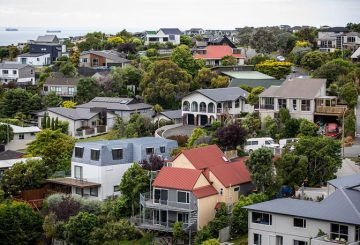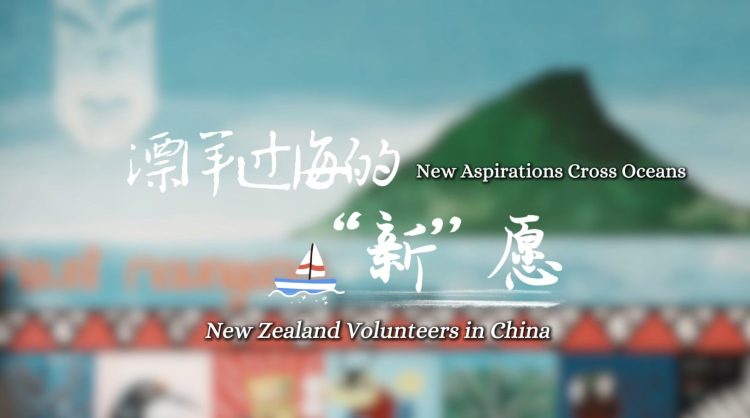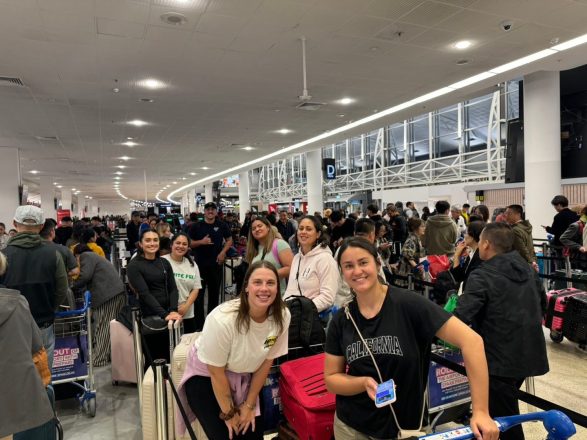Tracey Williams, a British author and beachcomber, uses her social media page, Lego Lost At Sea, to document the LEGO pieces she and others find washed up on beaches. These pieces are remnants of a 1997 cargo ship spill. Williams lives in Cornwall, where the spill occurred during a storm. She has made it her goal to collect and record as many of these LEGO pieces as possible to highlight the issue of plastic pollution.
Williams explained that the cargo ship was traveling from the Netherlands to the United States when it encountered a severe storm near the Cornwall coast. This storm caused 62 shipping containers to fall off the ship, one of which contained nearly five million LEGO pieces. Although many people helped clean up the mess at the time, pieces are still being found today.
The LEGO pieces often have a sea theme, including tiny flippers, scuba tanks, life-rafts, and ship rigging parts. This adds a whimsical touch to the search, but also underscores how long plastic can persist in the coastal environment. Williams has written a book about this event, titled “Adrift: The Curious Tale of the Lego Lost at Sea.”
After moving to Cornwall in 2010, Williams was surprised to find that LEGO pieces were still washing up on the shore. She started a Facebook page to record the LEGO pieces, and quickly gained a large following. There have been reports of the LEGO pieces appearing on the coasts of Spain and France, and some believe the pieces could have traveled around the world by now.
Williams and her team are now mapping where the LEGO pieces have been found for a scientific paper. This research aims to show how ocean currents move around the world. Other studies have found that these pieces could remain in the marine environment for hundreds of years.
Although the LEGO search started as a fun activity, it has made Williams more aware of the serious problem of plastic pollution. As she and her children searched for LEGO pieces, they began to notice the amount of other plastic in the ocean and on the beach. Williams believes that this issue is very important and hopes that her work will help others realize the extent of the problem.





























































